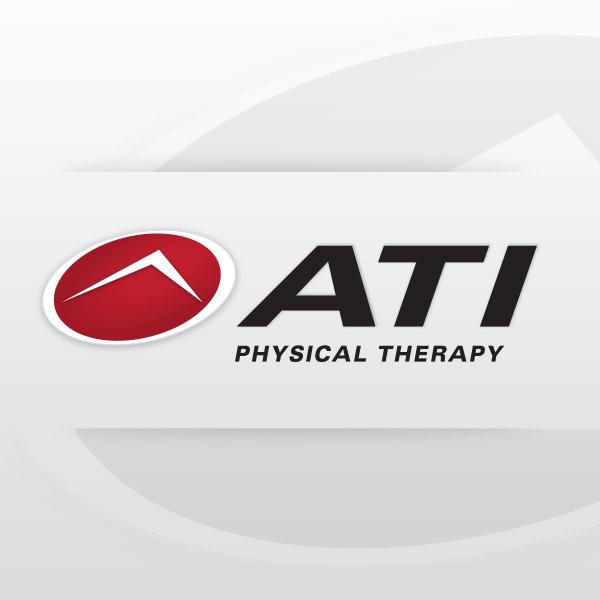
In honor of National Balance Awareness Week, happening Sept. 16 – 22, Lauren Dillon, an ATI physical therapist and certified vestibular specialist, explains the basics of balance and the treatment options available.
- What determines our balance: The labyrinth, a maze-like structure made up of bone, fluid, and soft tissue found in the inner ear, largely controls our sense of balance. This part of the inner ear, along with other systems in our body, like the visual system (eyes) and skeletal system (bones and joints), helps us maintain our balance.
- What issues can cause balance disorders: In addition to inner ear issues, heart problems, head injuries, medication, and blood circulation can affect an individual’s balance. Elderly individuals may also develop disorders because of their delayed reaction times.
- Symptoms of balance disorders: Individuals with balance disorders may experience dizziness, blurry vision, vertigo, lightheadness, confusion, or disorientation. Individuals may also fall or experience the sensation of falling.
- Common types of balance disorders: One common type of vestibular disorder is positional vertigo (or BPPV), which occurs when tiny crystals in the ear get knocked loose from hair cells, therefore resulting in episodes of vertigo. Other inner ear balance disorders include labyrinthis (inflammation of the inner ear), vestibular neuronitis (inflammation of the vestibular nerve), or Meniere’s disease (change of fluid in inner ear).
- Treatment: Vestibular rehabilitation can help retrain the brain to reinterpret information. By using a series of exercises, from eye exercises to head repositioning to fall risk management, vestibular rehabilitation can help restore a patient’s balance and help them get them back to their highest level of function.
To learn more about vestibular rehabilitation and treatment options, visit our website at www.atipt.com.
